So you decided to move to the big city? Or at least one of them.
There is no doubt that you have decided to move to London and that you will have had an image of yourself in your own room, your own little vision of London. Maybe it’s a room in a house, maybe a flat. Maybe it’s seen by the Thames, or maybe it’s seen by Hyde Park. Maybe it’s summer and there is a cool breeze blowing through the ajar window. Or maybe its winter and you’re under a blanket with a cup of tea accompanied by a roaring fire.
Whatever your dream of London, there is always somewhere you can accommodate. That is part of the magic of London, it is so large and varied in the people and cultures it provides so that there is a perfect student accommodation London for everyone. What you have to make sure is to find the perfect place for you during your time there.
During the London discussions, Londoners will typically divide the city into 5 distinct areas: North, South, East, West and Central. Now, of course, there is some overlap in dividing the city in this way. Camden, for example, is in north-west London, but in general people will describe it as “North London.” This is typically because those in London will understand that “North London” has a completely different meaning than “West London.” We will try to explain this in a little more detail below.
If you’re still not sure, London’s postal codes are a good signifier. They will start with N, S, W or E, this is a good clue as to where they are understood to be. If they start EC or WC, this means they are in central London.
North London
North London has a large number of desirable places to live, along with many of London’s historical monuments, architecture and culture. It is generally more affordable than central or western London, but more expensive than south or east London.
Places like Highgate or Hampstead are very sought after and therefore can be very expensive. However, in these lush and quiet areas, there is a true sense of community. They are clean, there is no crime and people are friendly. You just have to be prepared to pay a high price.
The areas that lean towards the youngest and most vibrant, although only marginally less expensive, are areas such as Camden Town and Islington. Both are full of young professionals, with unique cafes, bars and cinemas to match. Stoke Newington and Finsbury Park also fit into this culturally solid niche, but on the edge of expensive areas, in a word “cool”, of North London.
If you prefer to live a little further, but still apparently being in London, areas such as Finchley, Hendon or Kilburn will offer a good value, if you are willing to travel a little more towards the city.
South London
The first thing you’ll probably notice about living in South London is transportation, there are hardly any London underground stations south of the river. Instead, South Londoners mostly move through the use of overground and buses. Now, this may be a delay for some (in fact, in part due to this lack of subway, South London is generally a little bit cheaper than the north), but transportation is still very good, so don’t let that discourage you.
A hot topic for Londoners at the moment is gentrification. This is the process by which an area typically associated with poorer and lower class families is more associated with the middle class.
Younger and richer people move, increasing the cost of rent and forcing those original people out of London. Up to a point, this has been going on in London for decades, although with such high prices now, it has become a very sensitive issue both for people who fear losing their homes and for those who fear that “forcing” lose part of what It makes it so special.
This process is happening, has happened and will soon occur, to varying degrees throughout London. It is happening most notably, perhaps, in South London. Greenwich, Brixton and Peckham are in the process of being gentrified today, which is good and bad.
Well in the sense that they are affordable, that there is a healthy balance between the rich and the interested and that a wide variety of people and perspectives can be found in these areas. The small drawback is that there are times that those who live in these areas will find some friction among people on the street or could be a little insecure at night, for example. But these events are rare and they are all part of the rich tapestry that lives in South London.
East London
East London is similar to the south in many ways – it is generally going through a period of gentrification that is vibrant and affordable, it is perhaps the cheapest area in London to live in. However, East London has perhaps a worse reputation than South London.
But it is not fully earned. Historically, East London has been home to those looking for work or the lowest social classes, you may have heard of Cockney – this originated in East London as a way of talking about crime without police understanding
However, in recent decades, much work has been done to improve East London despite its struggles. Much of it was destroyed during World War II, but a large number of housing projects were developed there after the war. The docks of the East End closed there during the 20th century, but there has been no great effort to invest in the area to maintain it. Recently, during the celebration of the 2012 Olympic Games in London, many of the games were held in East London, including the construction of the Olympic Village and the Olympic Stadium, revitalizing the area and greatly improving the economy.
Areas like Stratford and Plaistow have improved a lot recently as a result, while places like Hackney, Dalston and Bethnal Green are going through gentrification, with everything that accompanies this process.
West London
Generally considered as the “expensive” part of London, West London includes places like Kensington, Knightsbridge and Chelsea. It is not uncommon for houses in such places to cost £ 2,500,000 or more. That is for a 2 bedroom apartment, by the way, not a mansion. In fact, it can be very difficult for a student to find accommodation in a recognized area.
Once again, moving further makes things a little more affordable. Ealing, Fulham or Shepherd’s Bush are certainly more affordable, with excellent transport connections, affordable rentals and emerging art scenes.
Regardless of where you choose in West London, you are bound to find beautiful parks, beautiful architecture and a lot of culture. If it is good enough for the queen, it must hopefully be good enough for you!
Central London
In general, central London is home to businesses and highly protected areas of interest, such as the City of London and parts of the City of Westminster. There is, therefore, little room for housing, and anything that is there is prohibited for basically for everyone. Unless you are a Russian oligarch or an Arab prince, we suggest living further.
Balance
People can live in London for years before finding their perfect home – it will always be difficult to find somewhere due to so much competition for space.
You should not be afraid to try to find short-term rentals outside the area where your school is going to be. The trip is excellent in London (despite what the locals can say) and you can cross London in an hour typically. Obviously, staying close to where you need to go is better, but don’t worry if you need to travel a little more each day.
You should also keep in mind that, as a student, you will be able to find some excellent deals from companies that offer student accommodation, both in terms of location and price.
The key word to find a place in London to stay will be the balance. The house of your dreams is available here. You just have to be prepared to look and maybe sacrifice something to get it. It could be the cost, maybe the view, it could be the distance to the university or any combination of these things.
If you take your time and are sensible, you will undoubtedly find the place you have always dreamed of.

















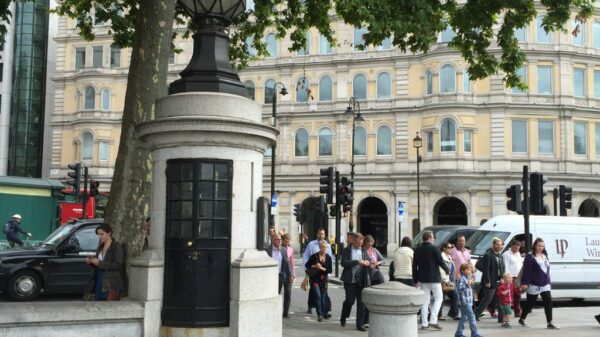

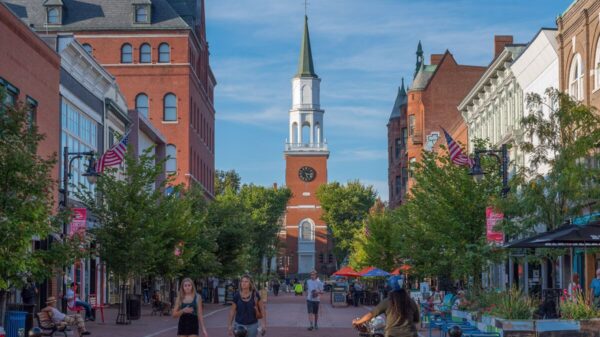





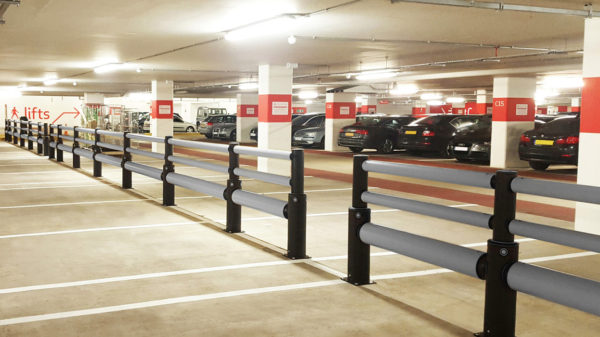
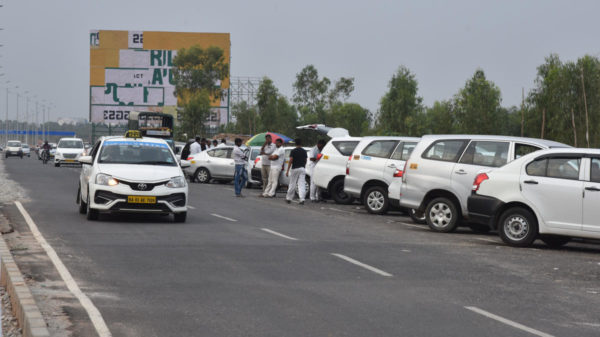


















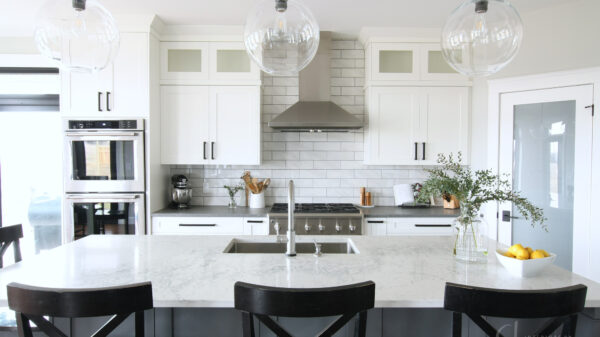
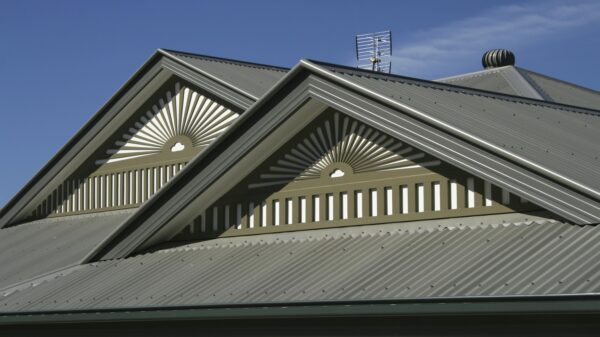

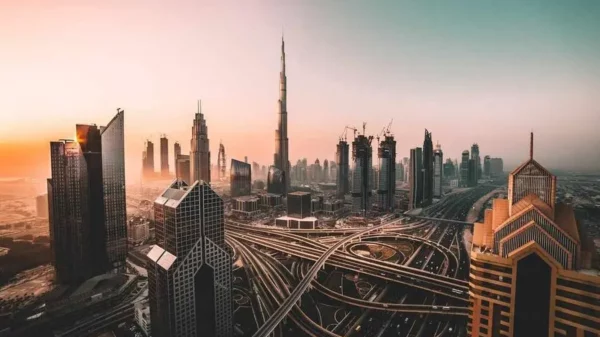
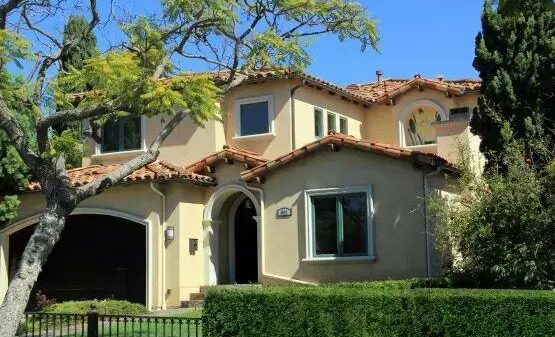

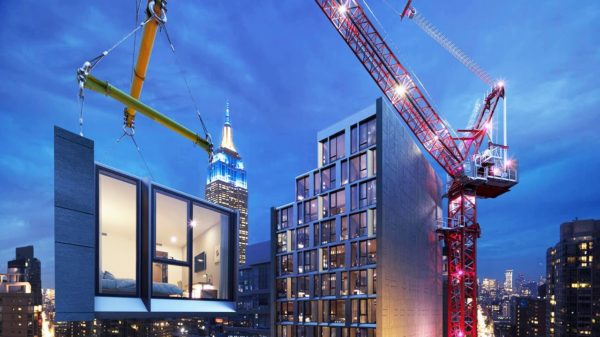











You must be logged in to post a comment Login